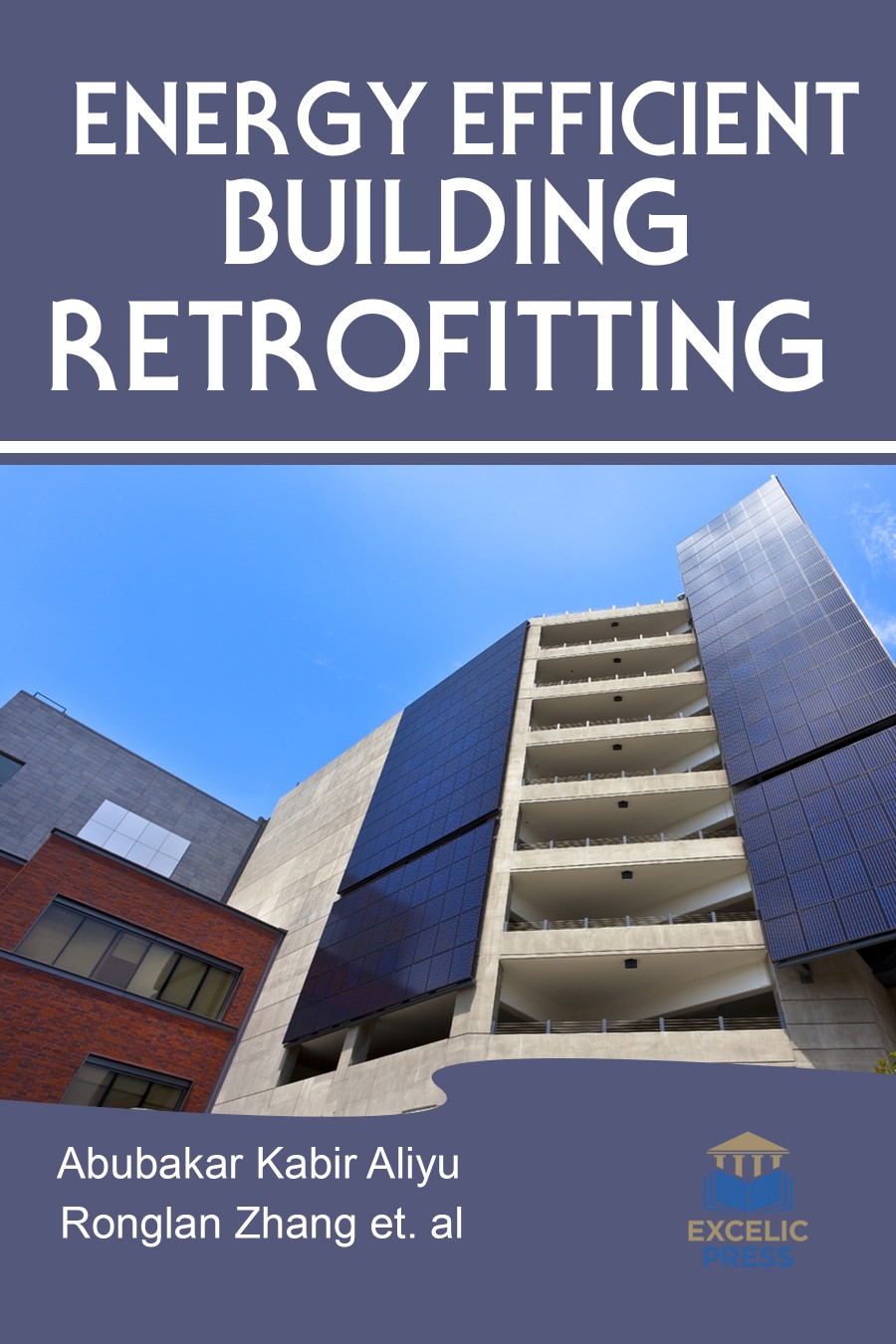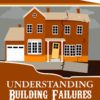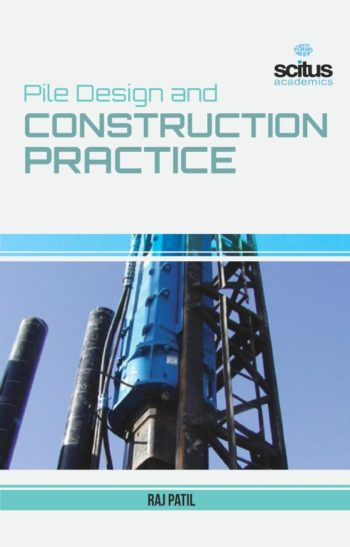Nowadays the buildings are responsible for the 40% of the world energy. The key aspects to design energy efficient buildings arises from a variety of factors and external pressures such as legislation, emissions of ozone depleting gases and public awareness of the pollution of our planet. There is a great need, among public and private sectors, to improve the energy performance of existing public buildings. Specifically indoor air quality, energy efficiency and thermal comfort conditions are the three main considerations for the good performance of buildings. Existing buildings tend to undergo performance degradations, change in use, and unexpected faults or mal – functions over time. These events often result in significant deterioration of the overall system performance, inefficient operation and unacceptable thermal comfort conditions. However, a building does not have to be new to be efficient. Today’s leading building owners are retrofitting buildings, and converting existing buildings into models of sustainability. Commercial retrofit offers significant opportunities for energy efficiency and sustains – ability in the built environment. Design of energy-efficient and high-performance commercial retrofit requires that building performance and simulation tools are used and integrated with the design process.
Cost-Effective Energy Efficient Building Retrofitting aims to provide building researchers and practitioners with a better understanding of how to effectively conduct commercial retrofit to promote energy conservation and sustainability including real world cases. Several general design strategies are provided in the successful completion of sustainable and energy efficient retrofit projects. It explores the current market size and why the building retrofit market has not expanded as much in past years. Review of past practice and research efforts reveals that though a building retrofit project, especially a deep retrofit project is no different than any investment case in business practice, past retrofit projects are rarely motivated and convinced by the cost-effectiveness of the project but more by building owners’ desire to “green” the building.













